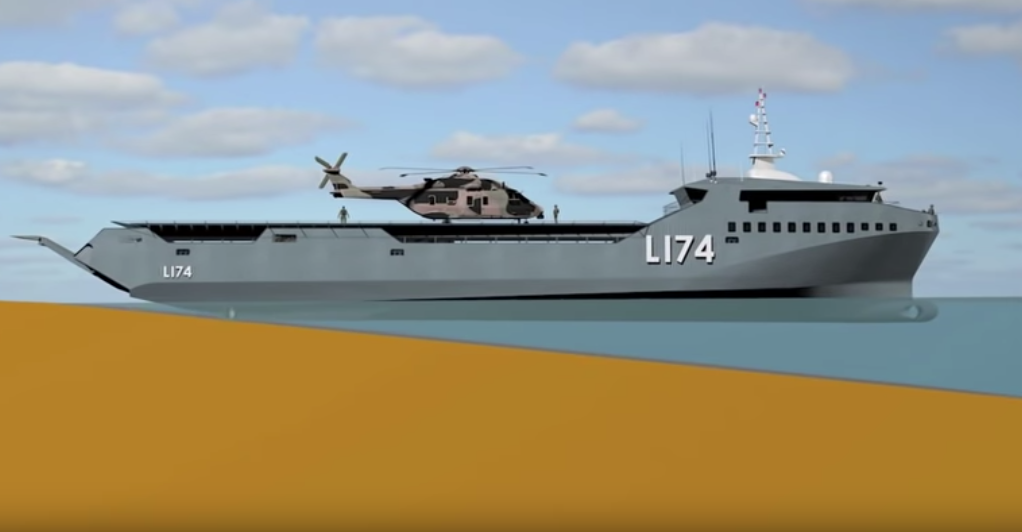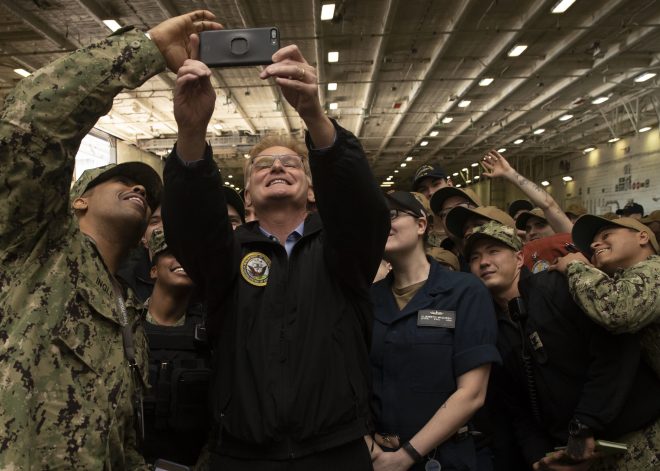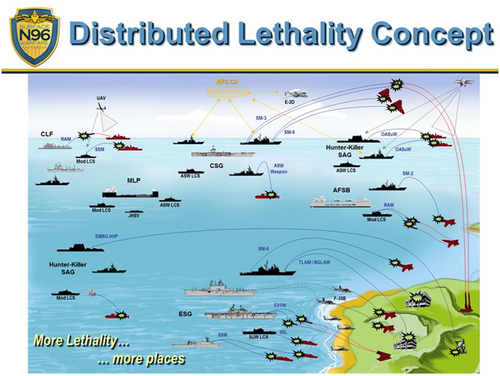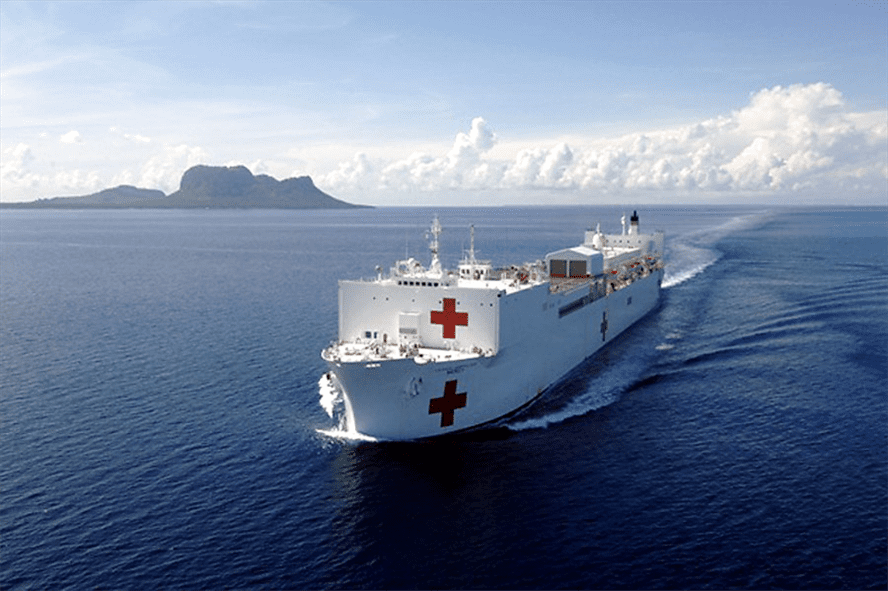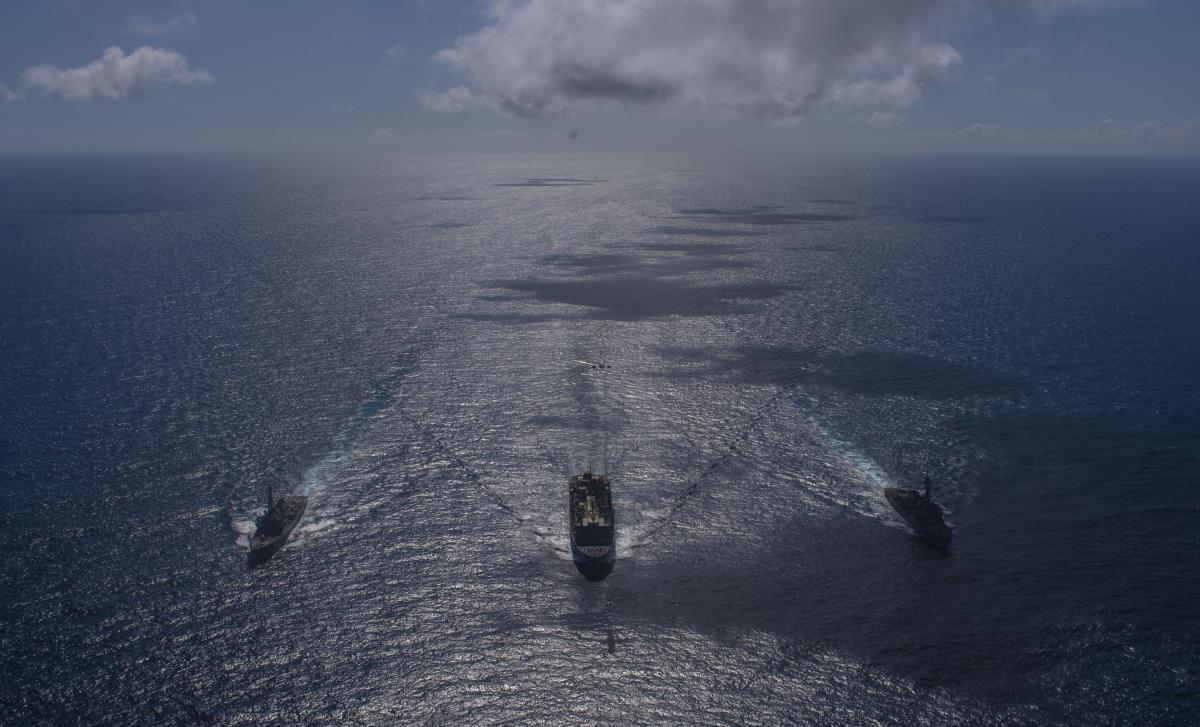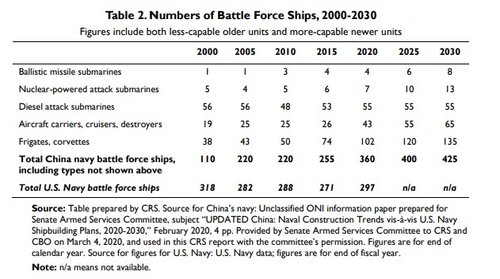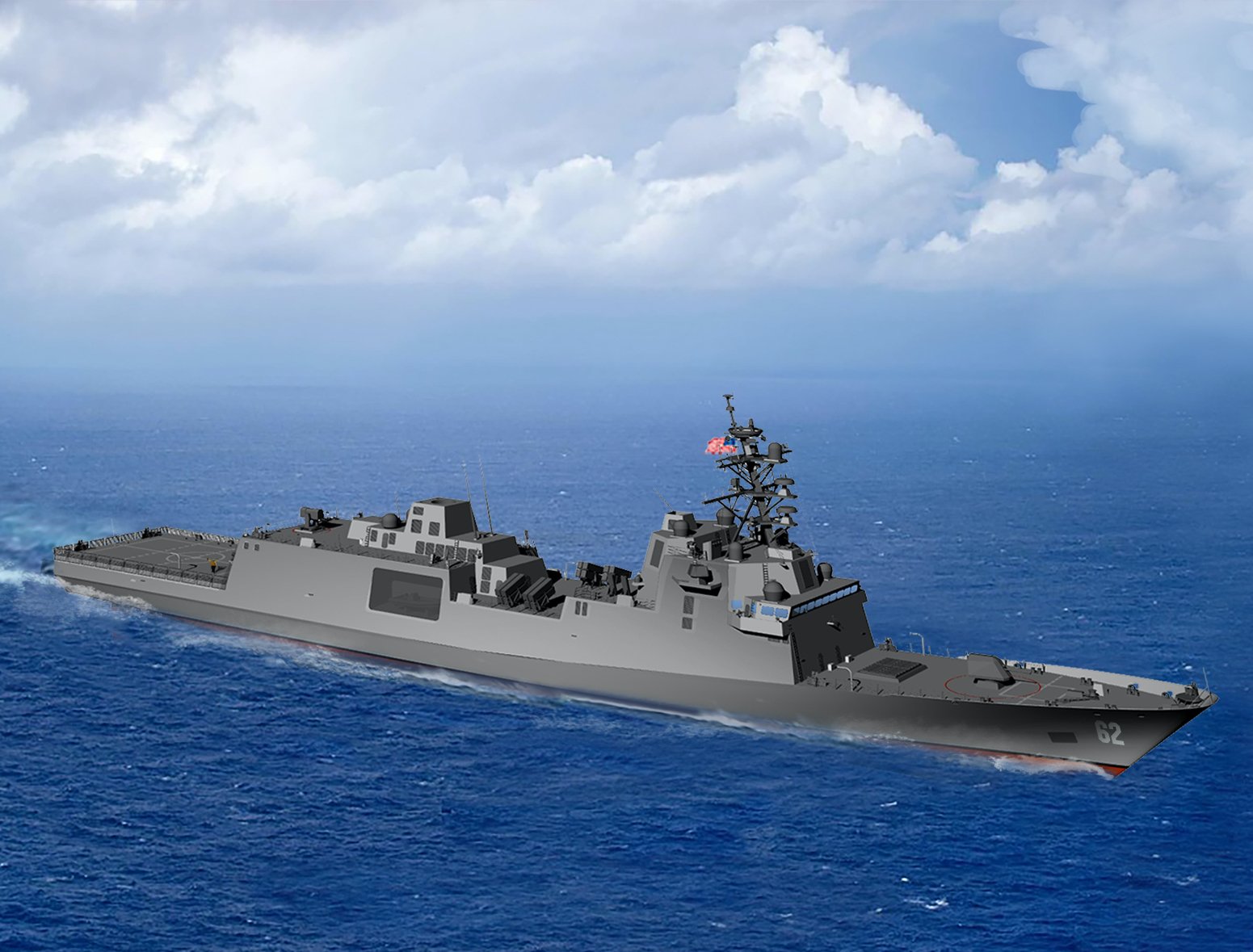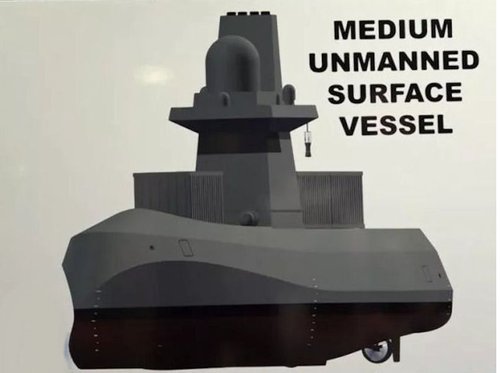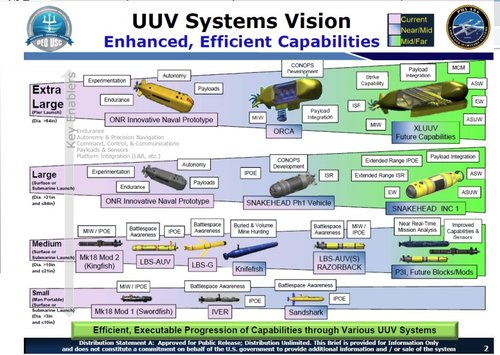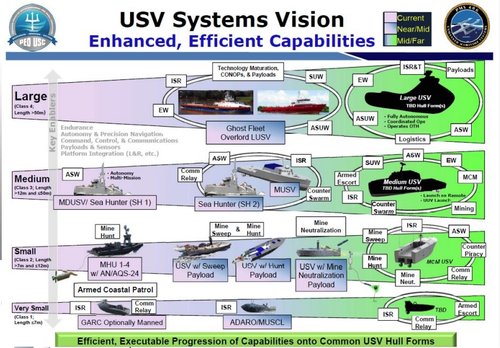- Joined
- 27 September 2006
- Messages
- 6,417
- Reaction score
- 6,815
It is interesting as a Brit to see the US facing the same problems the RN faced as it tried to replace its WW2 fleet from 1946 to the present.
After disposing of of its impressive Cold War lineup, the USN has got the depressing mix of kit all too familar to the RN.
The LCS reminds of the lightly armed ASW frigates which dominated the RN until theType 12s arrived in quantity
Despite its massive carriers the US is having difficulty finding and affording the balanced air group essential for them.
At least in the Burke class it still has a decent destroyer class but there seems to be no clear programme or designs for a carrier task group or ASW group
As with the UK the changes imposed by changes of government dont help.
Perhaps at least it will help the close relationship between the RN and USN as they groan about politicians
After disposing of of its impressive Cold War lineup, the USN has got the depressing mix of kit all too familar to the RN.
The LCS reminds of the lightly armed ASW frigates which dominated the RN until theType 12s arrived in quantity
Despite its massive carriers the US is having difficulty finding and affording the balanced air group essential for them.
At least in the Burke class it still has a decent destroyer class but there seems to be no clear programme or designs for a carrier task group or ASW group
As with the UK the changes imposed by changes of government dont help.
Perhaps at least it will help the close relationship between the RN and USN as they groan about politicians


